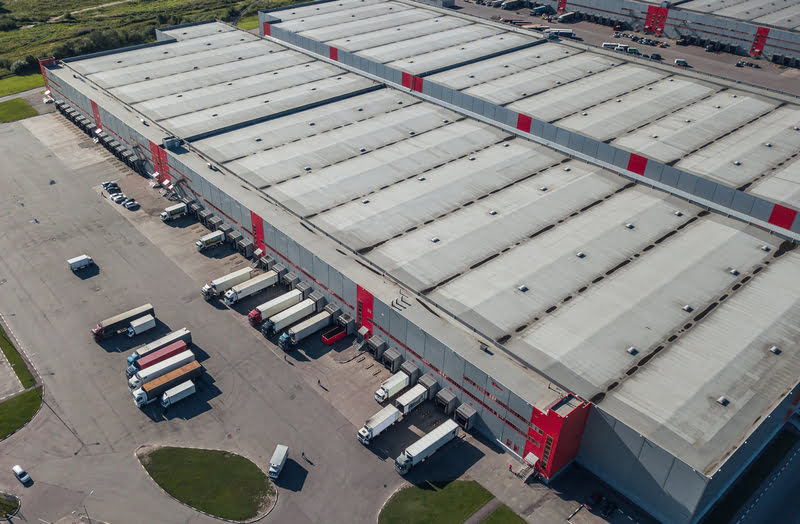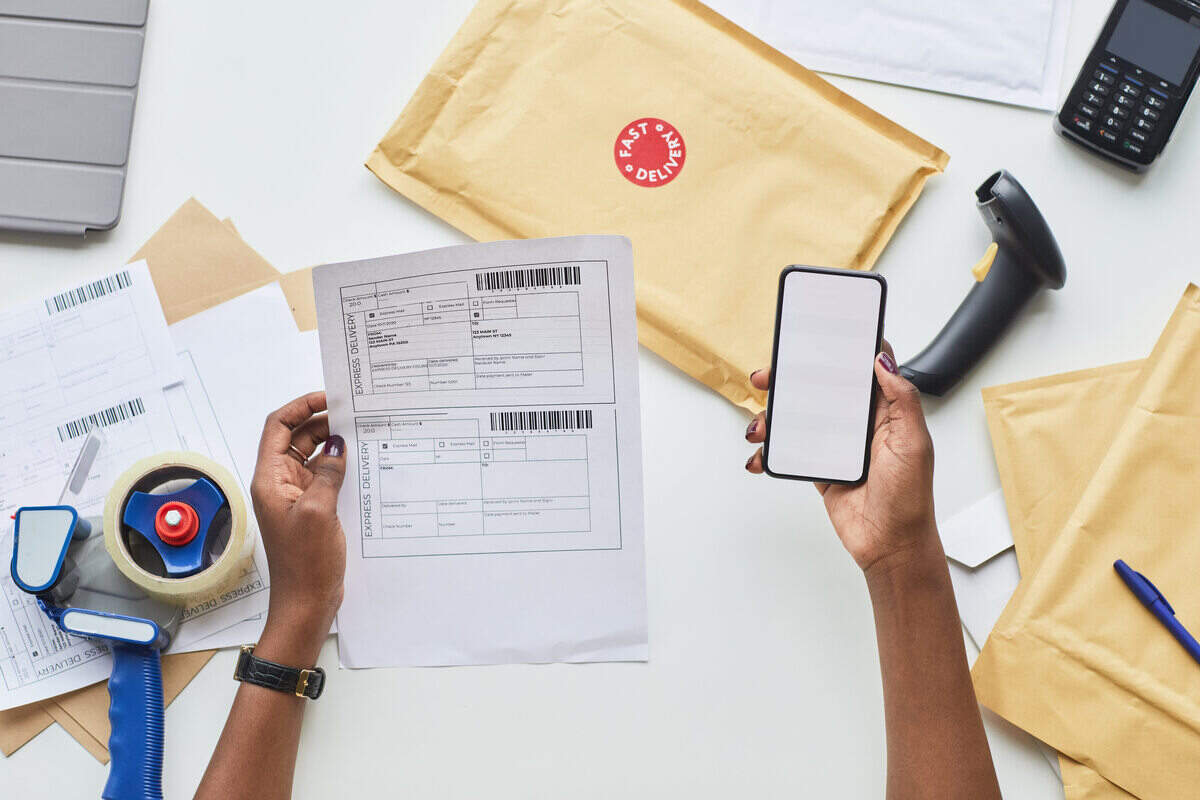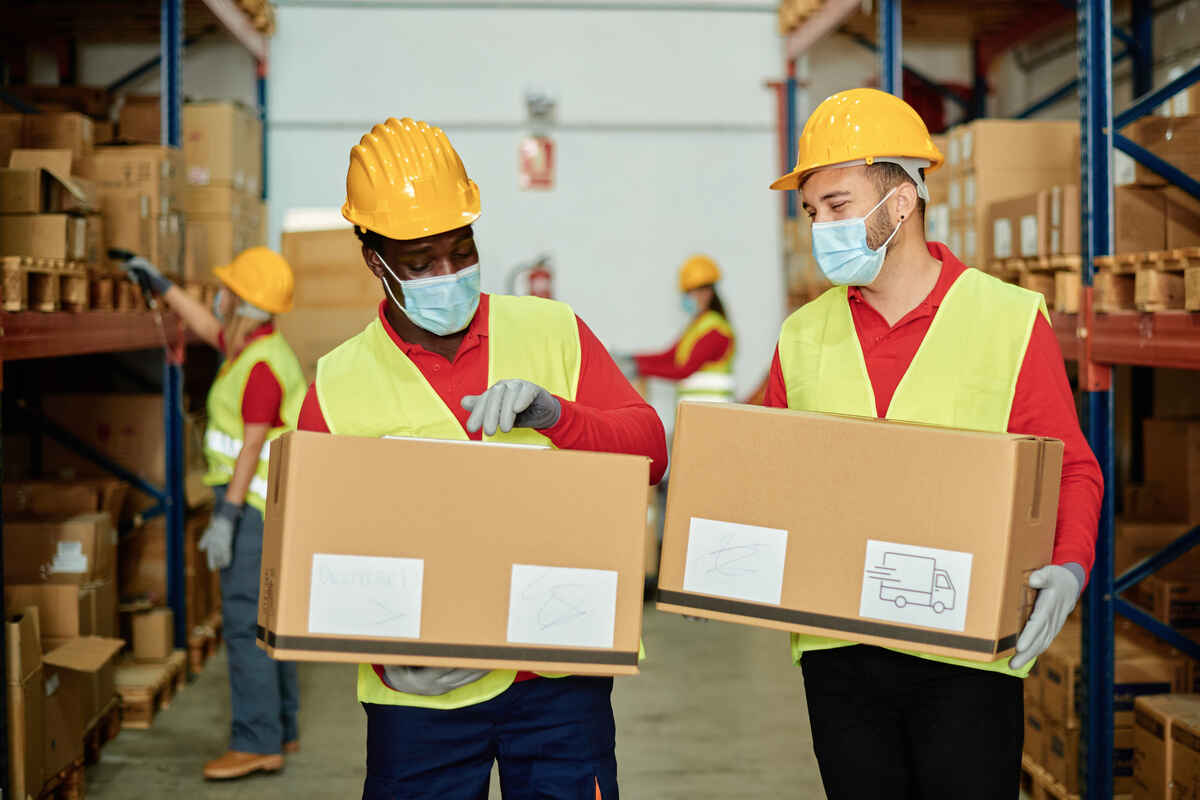How to Choose the Best Modes of Transportation in Logistics for Your Company


There are several major categories of modes of transportation in logistics. Each transportation method has its place in today’s global economy by offering different benefits and drawbacks.
Air freight is usually faster and more efficient than other shipping options, but it is very costly. Sea freight is cheaper than air freight, but it is much slower. Trucking is the cheapest option, but it can be risky and unreliable.
While choosing the best type of logistics transportation mode depends on many factors, including the size of the package, the location of the recipient, and the weight of the item being shipped, here are some guidelines to help you make the decision.
Comparing Logistics Transportation Methods
Each shipping service has different costs, pros and cons, and delivery times associated with them. Some are faster, some cost less, and there are even ways to save money. Let’s take a look at each method and see how they stack up.
Road Transportation
Road transportation is one of the most valued modes of transportation in logistics because it is the only method that offers door-to-door service. That is its biggest perk against other means of transportation. Rural areas are accessible to it, places that have no railway, water, or places for plane departures.
It is cost-effective - you don’t need to invest much, and routes can be changed and adjusted. It is more flexible because it doesn’t depend on as many factors as, say, a railway. Additionally, due to the lack of loading and unloading - the packages are less prone to damage.
When it comes to short-distance transportation, the road is always a way to go. On the other hand, the biggest disadvantage is that it doesn’t work on long distances, and it is vulnerable to extreme weather conditions.
Rail Transportation
The rail transportation system is considered one of the best methods to move cargo around the country. With over 4,500 miles of track, it moves about $1 trillion worth of freight annually. This includes everything from cars and trucks to large containerships.
There are many different types of trains available today, ranging from diesel locomotives to electric locomotives, to diesel multiple units, and finally, to hybrid locomotives. Each type of train offers certain advantages and disadvantages.
For example, diesel locomotives offer greater power and speed, while electric locomotives provide less noise and pollution. However, there are some drawbacks to each type of train. Diesel locomotives run on diesel fuel, which requires regular maintenance.
Electric locomotives require electricity, which needs to be generated somewhere. Hybrid locomotives use both diesel and electric engines. They are quieter than diesel locomotives, but they still produce some noise.
Marine Transportation
There are many different ways to transport goods via marine transportation. Some methods include container ships, bulk carriers, cargo tankers, passenger vessels, and specialized vessels like tugboats and tugs. These types of vessels can carry anything from cars to heavy machinery.
The most common method of transporting items over water is by container ship. Container ships are large ocean-going vessels used to move containers. They can hold thousands of containers and travel up to 10 knots. This allows them to easily navigate around major ports and avoid delays caused by weather conditions.
Types of Freight Ships
Container ships are usually able to load and unload anywhere along their route, making it easy to transfer cargo quickly and efficiently. However, shipping costs vary depending on where you live. Shipping rates tend to be lower in Asia and South America because of the high trade volume there.
Another type of vessel is the bulk carrier. Bulk carriers are similar to container ships, except they are designed to carry larger amounts of material. A typical bulk carrier holds about 20,000 cubic meters of liquid or dry materials. Bulk carriers are typically slower moving than container ships, but they do offer greater flexibility. For example, they can dock wherever they want without waiting for permission.
A third option for transporting goods is cargo tankers. Cargo tankers are specially built to haul liquids such as oil, gasoline, chemicals, and even wastewater. Tanker sizes range from 300 to 2,500 tons. Most tanker routes occur within the same region, meaning there isn't too much competition. As a result, prices are relatively low.
Air Transportation
Air transportation is convenient and safe. It is suitable for long-distance shipment. Air freight is typically used for larger items such as furniture, appliances, electronics, or machinery. This method of shipping is very popular because it is fast and efficient. However, there are some downsides to air freight.
People who operate airplanes must be much more skilled and qualified. Therefore, their services are more expensive. This is one of the most expensive but fastest modes of transportation in logistics.
Airplanes have limited capacity, and they are not suitable for bulk cargo. They also need another means of transportation to get the goods to the receiving address. However, airplanes can access some areas, such as mountains or islands, that are otherwise inaccessible
Intermodal Transportation
Intermodal transportation allows you to ship goods via multiple modes. For example, you could ship via truck, train, and boat. These methods are usually cheaper than air freight and allow you to keep track of your shipment throughout the process.
This form of transportation is great for businesses because it reduces costs and gives companies more control over their shipments. Intermodal transportation combines multiple modes of transportation in logistics. It is one of the best options for door-to-door shipments because it allows for faster but d2d delivery.
Pipeline Transportation
Pipeline transportation is usually used for oil and gas delivery, but it can transport water, beer, sewage, and other solid, liquid, or gaseous products over long distances. It is completely automated and depends on pipeline systems, which require maintenance and control.
Logistics and Shipping Options
Shipping is one of those things that you don't think about until it's too late. If you're planning on shipping something, there are specific steps you must take to ensure that everything goes smoothly. A good place to start is gathering as much information about the item as possible.
This includes knowing what size box you'll need, how heavy the contents are, and if they need any special care.
The most important thing to know is where you plan to send the package. Will you be sending it via air, land, or sea? Knowing this will help you determine what type of packaging materials you need. For example, if you're sending a large package over water, you'll probably need some sort of waterproof container.
Determine how long you want your items to arrive. If you plan to receive something within 24 hours, consider air freight. Otherwise, choose sea freight or trucking. Consider the distance and the destination. If you are sending an item across the ocean, choose sea freight. If you are shipping a product directly to another state, choose to truck.
Information Required for Shipping Companies
You can also find out how much weight the package contains. If you're shipping multiple items, you might want to consider buying a scale to weigh each piece individually.
Once you've determined the weight of the package and contents, you can figure out how big the box needs to be. Most packages come in boxes ranging from 8 inches to 18 inches wide. However, larger boxes will cost more money.
Once you've figured out the dimensions of the box, you can begin thinking about the material you'll need to wrap around the box. Paper is usually used for smaller packages, while plastic is often preferred for larger ones. Some people even choose to use bubble wrap. Depending on the box size, you may need to buy several different types of wrapping paper.
If you're sending a small package by air, you'll likely need to purchase packing tape. Packing tape is designed to keep the edges of the box sealed shut. If you're sending a large box by air, you'll need to make sure that you properly seal it off. Otherwise, the contents could leak into the plane's cargo hold.
Finally, you'll need to decide whether you want to hire someone to do the actual shipping. While it's tempting to save money by doing it yourself, hiring a professional can actually end up costing less. Not only will they handle the logistics of getting the package to its destination, but they'll also provide insurance against damage or theft.
Need a Hand in Choosing Modes of Transportation in Logistics?
A business, especially one that offers eCommerce services, has to rely heavily on shipping. That’s why Unival Logistics works with you to create the best possible solution for your specific needs.
We work with the best in the business and create several route options for you to choose from. This will give you a sense of control over your business, and we offer shipping insurance that covers much more than other premiums.
Latest blogs
Top 5+ Documents Required for Domestic Shipping: A Full Paperwork Guide
Mon, Dec 1st 2025, 02:05
 Continue Reading →
Continue Reading →
Categories
defaultCall Us Today
Get premium full-value shipping insurance at affordable rates and be sure your parcels are 100% safe during transport. Work with a logistics powerhouse - get in touch with us today.
213-368-3444
Contact Us
Want a peace of mind when shipping valuable packages? Our experts are happy to ansver any questions you may have and provide you with a tailored soulution that meets your unique shipping needs. Email us today and ship your luxury items with ease!




